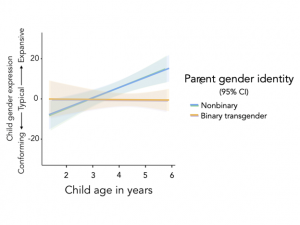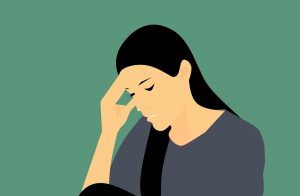
Family members know very well how positive it is for our children to have real friends, those who always will support them and especially in the most difficult moments of their lives. Top scientific journals publish research about the concrete contributions to the well-being of children from reading and dialogue about the book Creative Friendships. The most important result is the promotion of the motivation and capacity of children to select and take care of the best friends. This is also the main source of the development of their dimensions of beauty, goodness, truth and freedom.
The book is scientific but it is written in a narrative that catches the attention of children from eight-year-olds to adults. It is the result of a PhD thesis followed by eight more years of research by two university professors in education, mothers, who also have a lot of practical experience working with children from zero to eighteen years old. Much scientific research is focused on successful cases and their replicability in diverse contexts and individuals. This book analyzes a successful case of one individual with wonderful friendships from his birth until his sixties.
One scientific article explained some of the testimonies made by children who have read and dialogued about this book:
I’ll tell you things from the book but also things I’ve thought . . . I mean . . . that while reading the book I have also thought many things of my own, you know? Things that are not in the book, that the book has made me remember and think, things of mine … But that have to do with the book . . . Do you understand? [Luca, eight years old]
Ramón since he was a child learned to decide well, looking for the reasons for things, that means that he has spent more years than the rest knowing how to decide . . . [Pau, thirteen years old]
Readers of Creative Friendships talk and think a lot about how important it was for the main character to decide freely without submitting himself to the dominant discourses of each moment. When he was fourteen years old (1966) all his peers smoked and pressed him to do the same. Most of them recognized they did not like the first cigarette they smoked, but they continued because they considered it to be a manly thing, and something necessary to be successful with girls.
He did not want to do something that was not pleasant and there was already evidence that it was detrimental for health. He told his friends that he did not need to smoke to feel like a man or to be successful with girls. Now, at seventy, he has much better health than his peers and sadly several of them have already died. As they read and talk about this, children understand the importance of not smoking, but more importantly the significance of making the best decisions without folding to peer pressure. Diverse anecdotes clarify how that would have been impossible without having real friends supporting him and understanding that they had different positions. But the most relevant thing is the narrative’s clarification that he had those extraordinary friendships precisely because of being secure enough to not submit himself to their preferences. Many children think that they will have no friends if they do not do what their friends do, reading and talking about this book helps clarify that this is the best path to have many real friends.
The narration provides plenty of tales inspiring children to self-betterment of their relationships and their lives. For instance, how he was always active against any kind of bullying, which ensured that he never suffered it and always helped his friends to overcome those situations. Children readers become very conscious that by not accepting any kind of disdainful attitudes towards them, they will be free and happy, and that it can help them develop good relationships with family and friends, and develop their leadership in their professional lives. In fact, the main character of the book is now the director of the European report entitled “Achieving student well-being for all: Educational contexts free of violence.” He has friends from when he was seven years old, and they have weekly meet-ups. Some of them are also leaders in different professional areas including medicine, companies, engineering, and culture.
Some people think that they need to choose between prioritizing the instrumental learning of children or their well-being. Almost each page of the book includes a different anecdote and different evidence about why it is important to substitute this “or” with “and.” There is no evidence at all that being good in mathematics means you need to sacrifice your well-being or vice versa. On the contrary, your well-being is much better when it includes instrumental learning of all subjects. Instrumental learning fosters well-being. So, the priority is to have well-being and to be good in all subjects; one fosters the other. The book motivates children towards languages, physics, music, literature, mathematics and all dimensions of their lives.
Marta Soler, Former President of the European Sociological Association. Twitter: @MartaSolerUB
Ane Lopez de Aguileta, PhD candidate at the University of Barcelona. Twitter: @AneLdaEng










